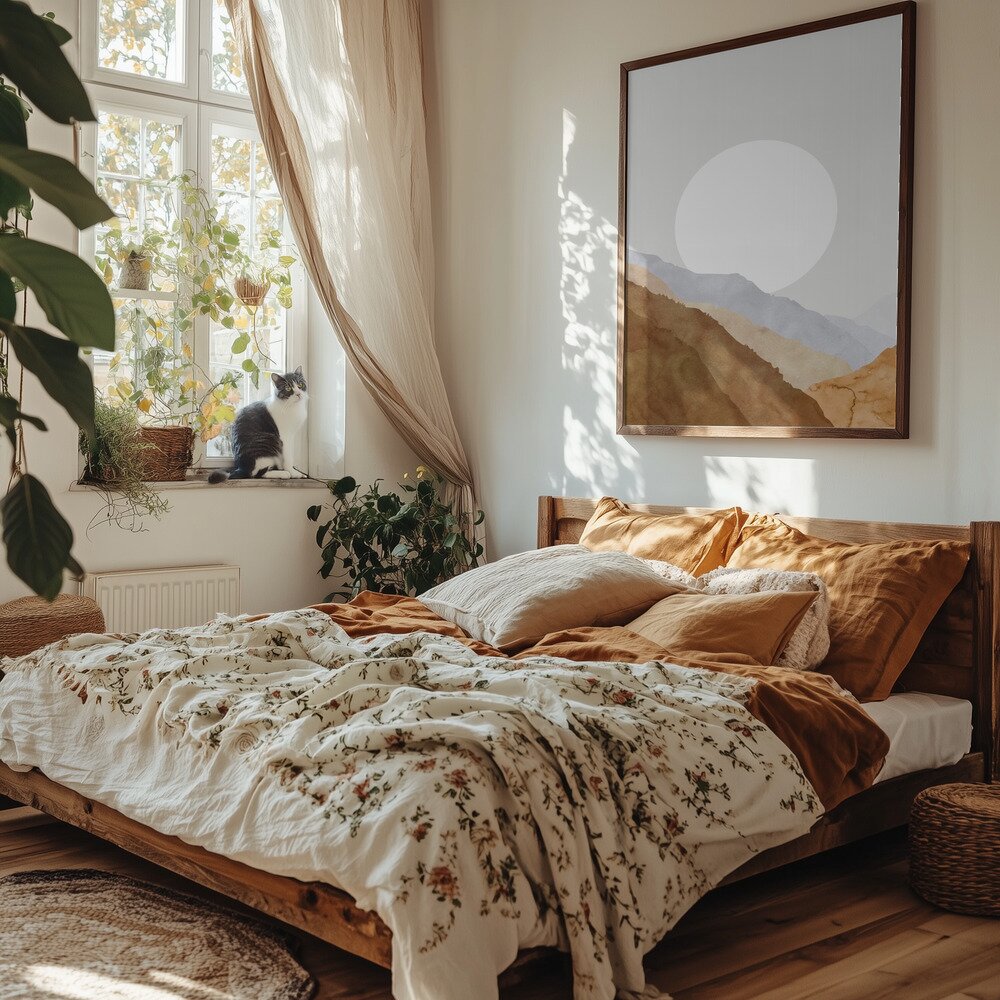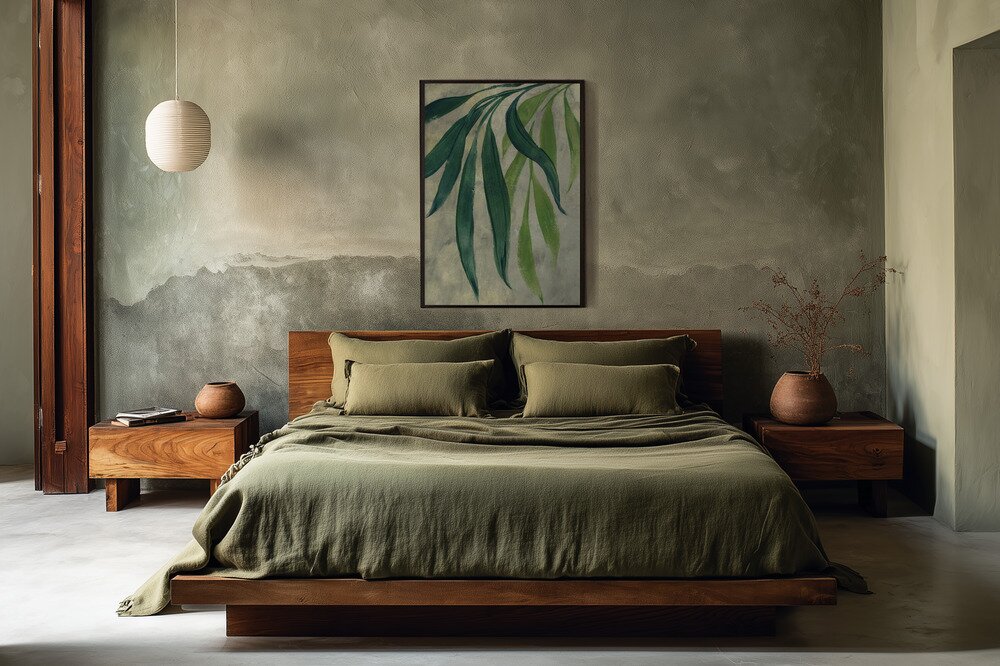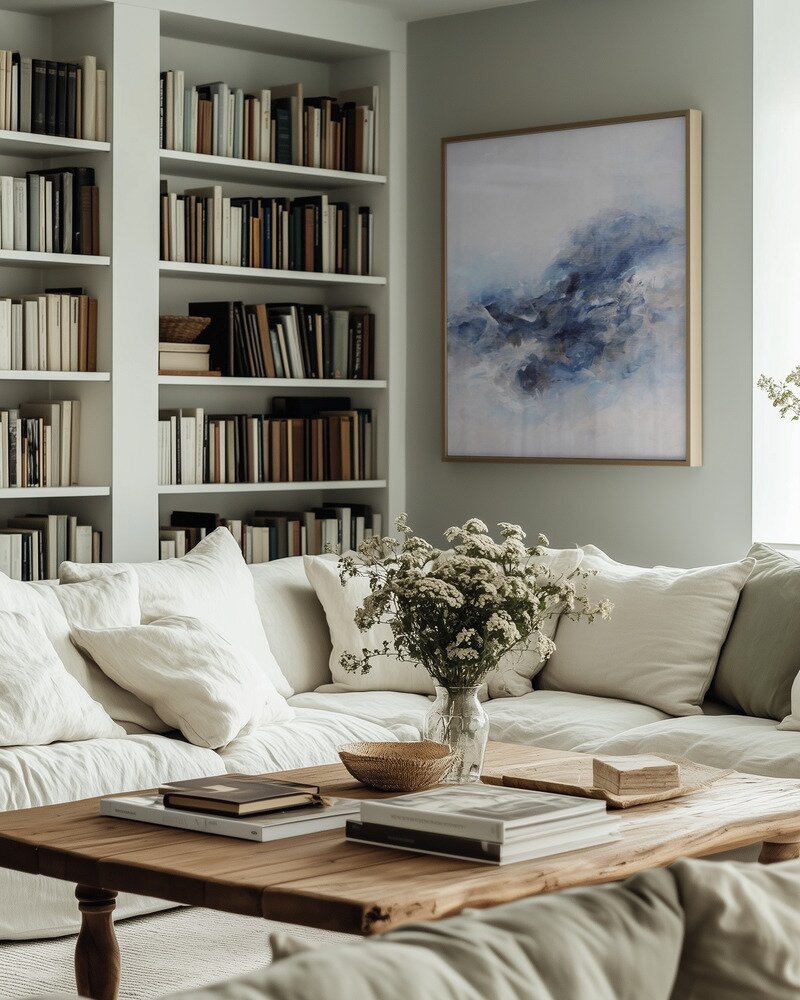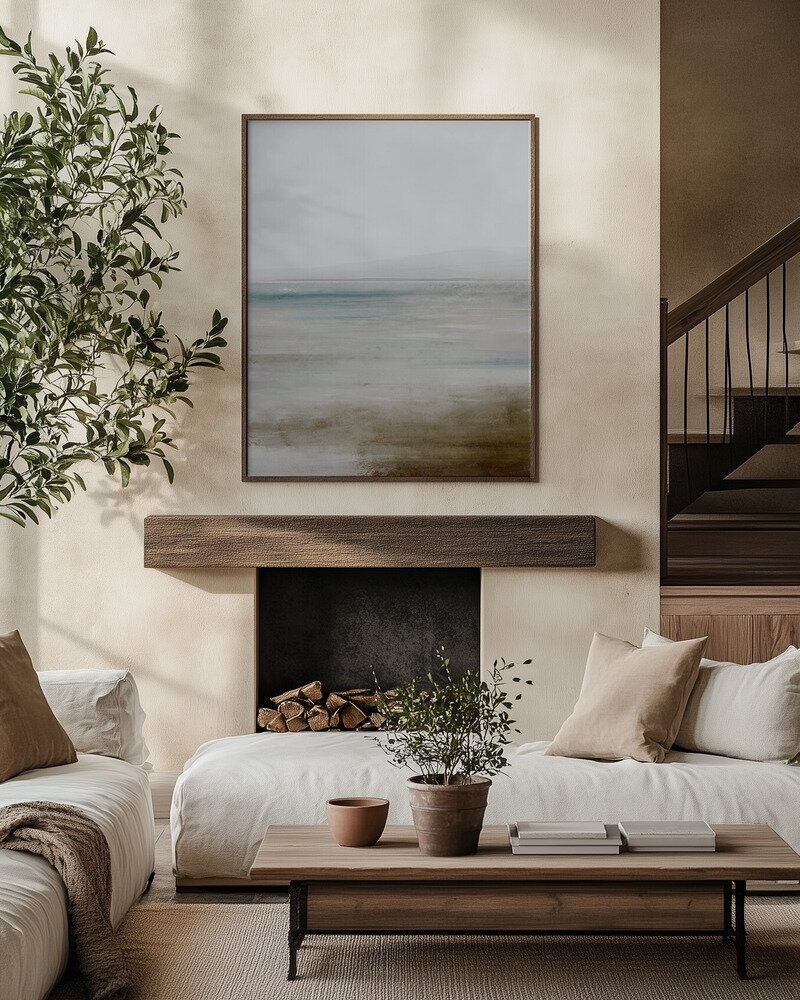Global Interior Design Trends Forecast 2026


The mood of 2026 is quieter and more grounded. Interiors are moving away from perfection and polish, toward spaces that feel lived-in, tactile, and emotionally real. Comfort, joy, and sustainability are no longer side notes; they have become the framework for how people decorate, furnish, and experience their homes.
Across every style, from Minimalism to Maximalism, there is a renewed respect for the handmade. Ceramics, textiles, and joinery show the mark of the maker. Consumers are seeking objects with substance, pieces that feel made rather than manufactured. Craft has become a form of storytelling, connecting materials to memory and people to place.
How the Styles Are Changing:
Minimalism has softened. Clean lines remain, but warmth and color are finding their way in. The focus is less on restraint and more on balance.
Maximalism is embracing heritage and craftsmanship through layered fabrics, ornate patterns, and rich storytelling rooted in culture.
Industrial design is losing its edge. Metals are brushed, corners are rounded, and palettes are lighter, leaning more toward loft spaces than factories.
Luxe has evolved into low-key luxury, favoring linen over velvet, stone over marble, and subtle shine instead of high gloss.
Retro continues to blend eras, combining the optimism of the 1970s, the simplicity of the 1990s, and the geometry of Art Deco.
Coastal and Boho styles are merging through natural fibers, woven textures, and sun-washed tones that feel handmade and authentic.
Botanical design is moving in a darker direction, with deep greens, mossy textures, bark finishes, and a shift from tidy plants to wilder, forest-inspired forms.

2026 is about design that feels grounded and genuine. Interiors are guided less by rules and more by rhythm, finding a balance between calm simplicity and crafted richness.






